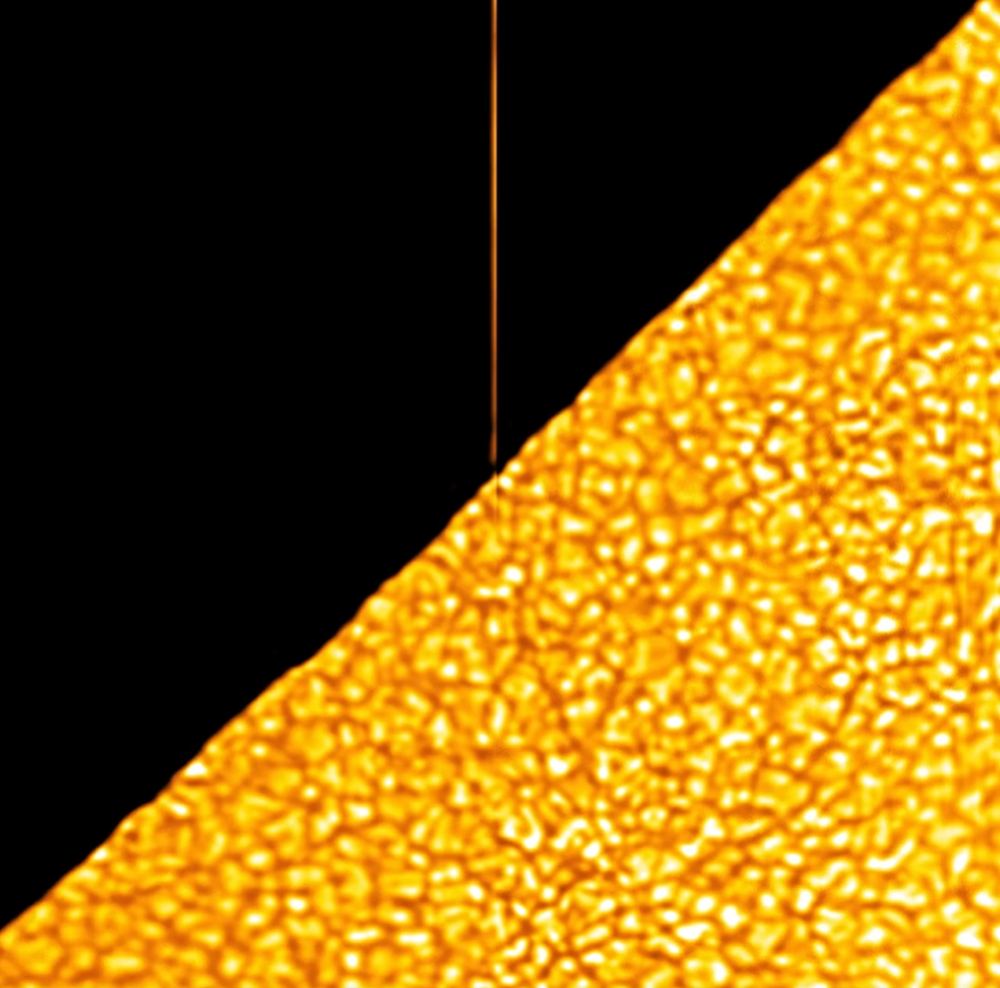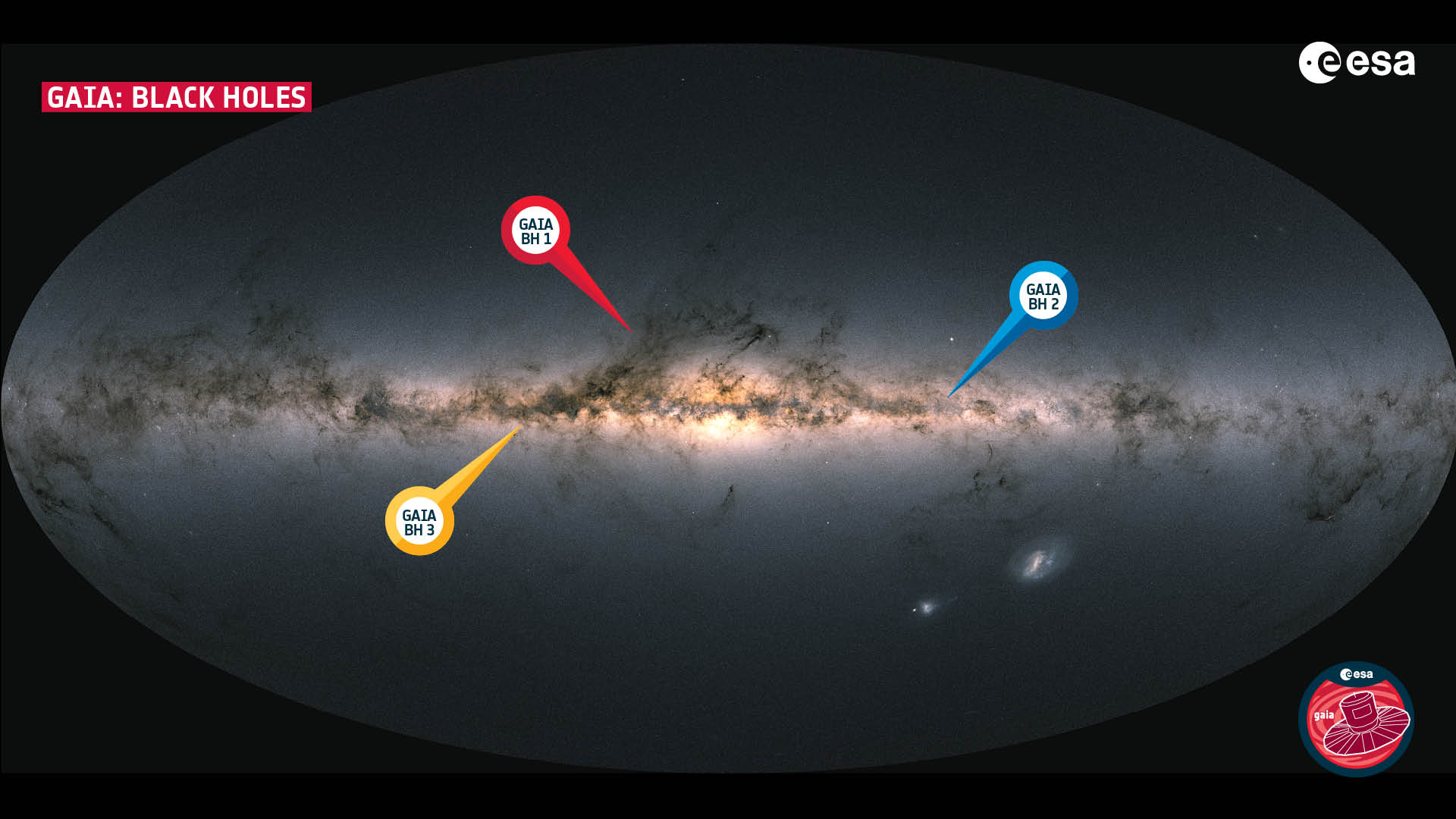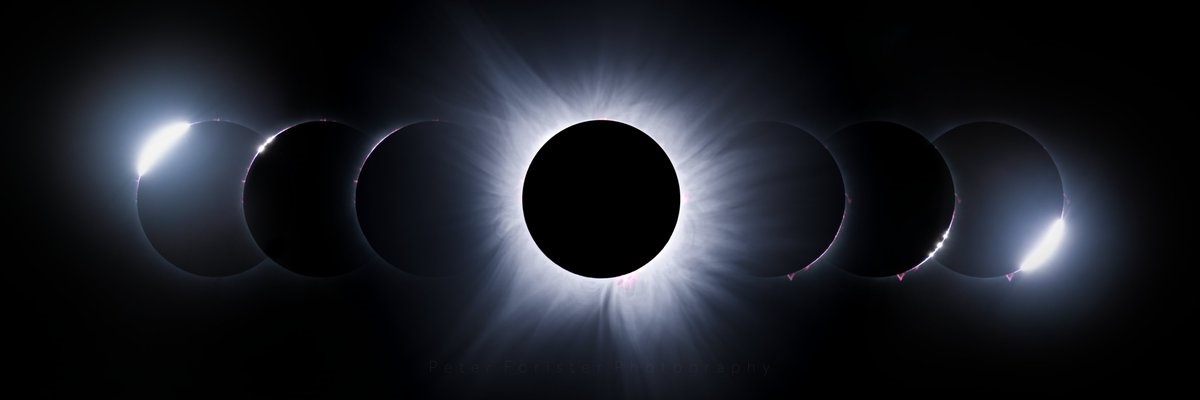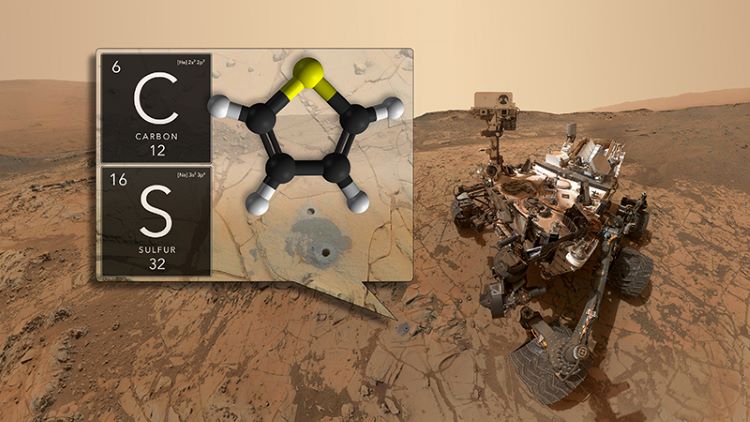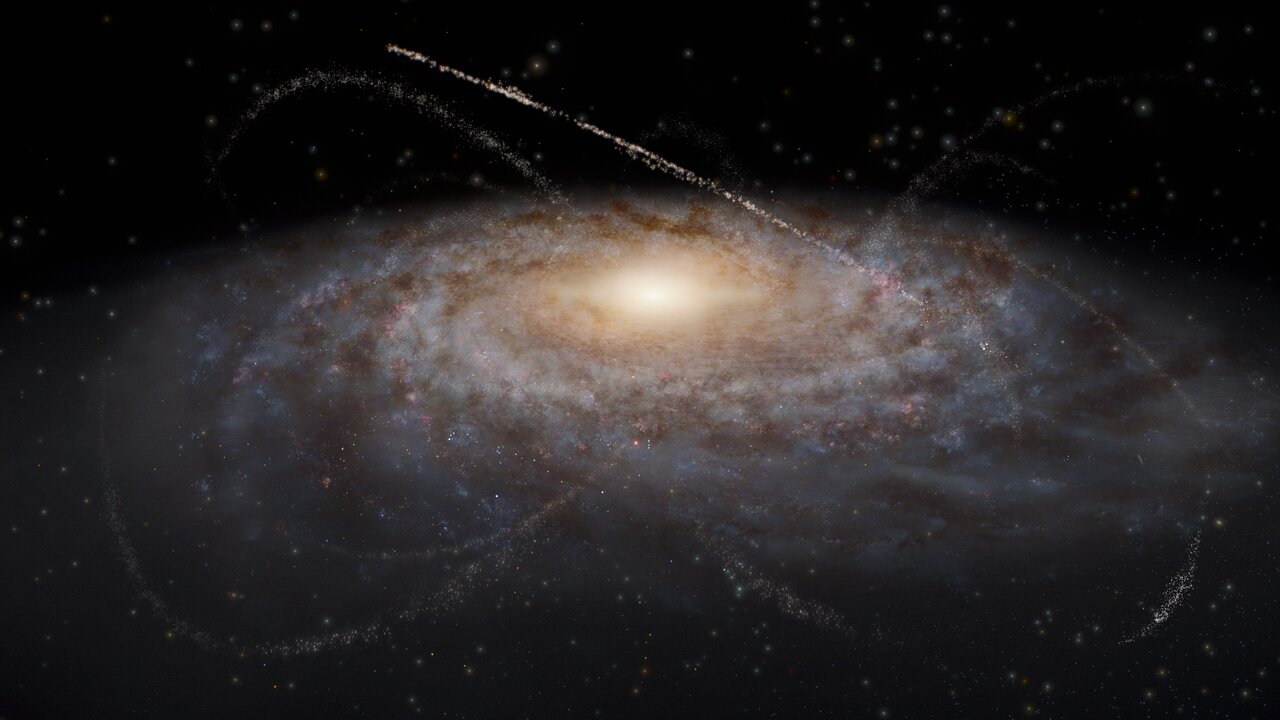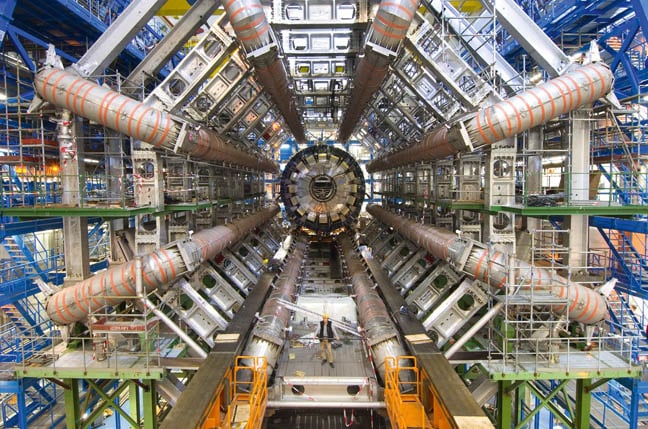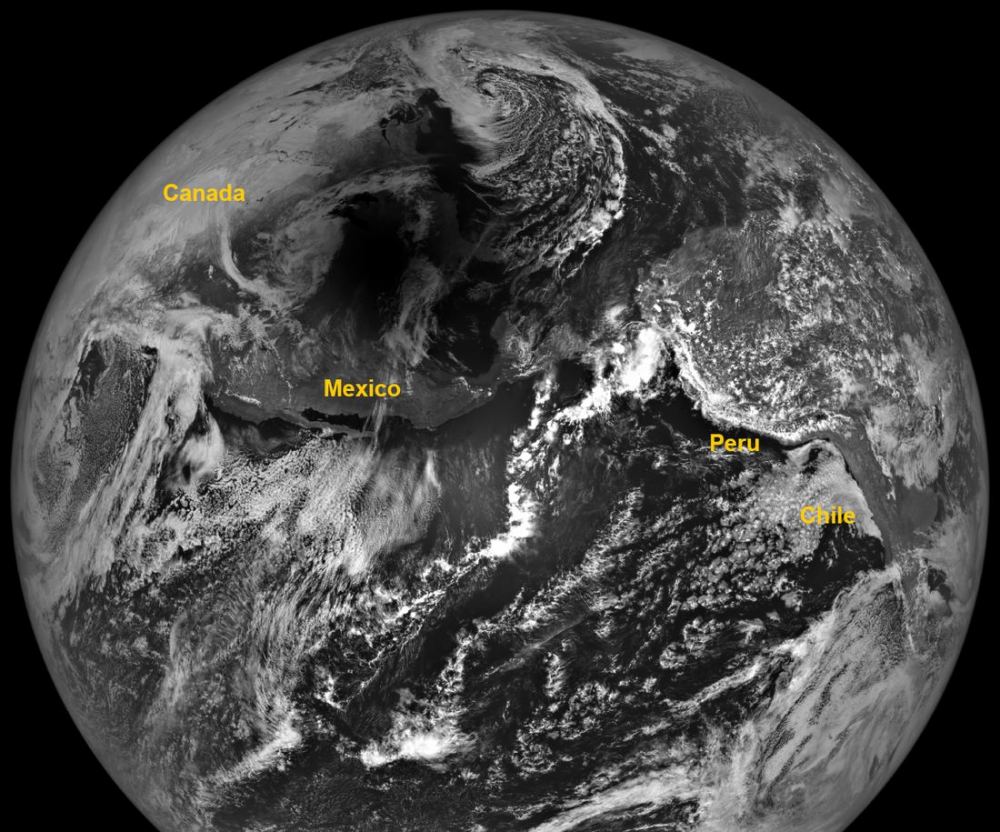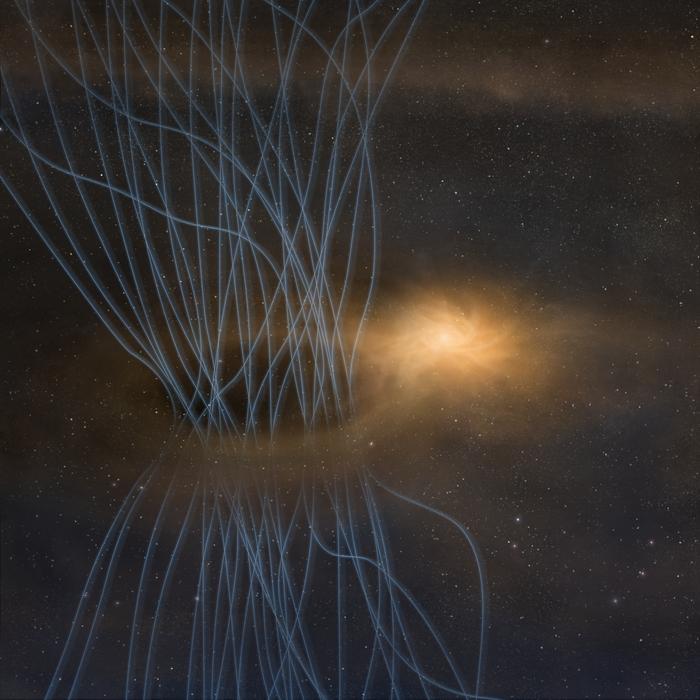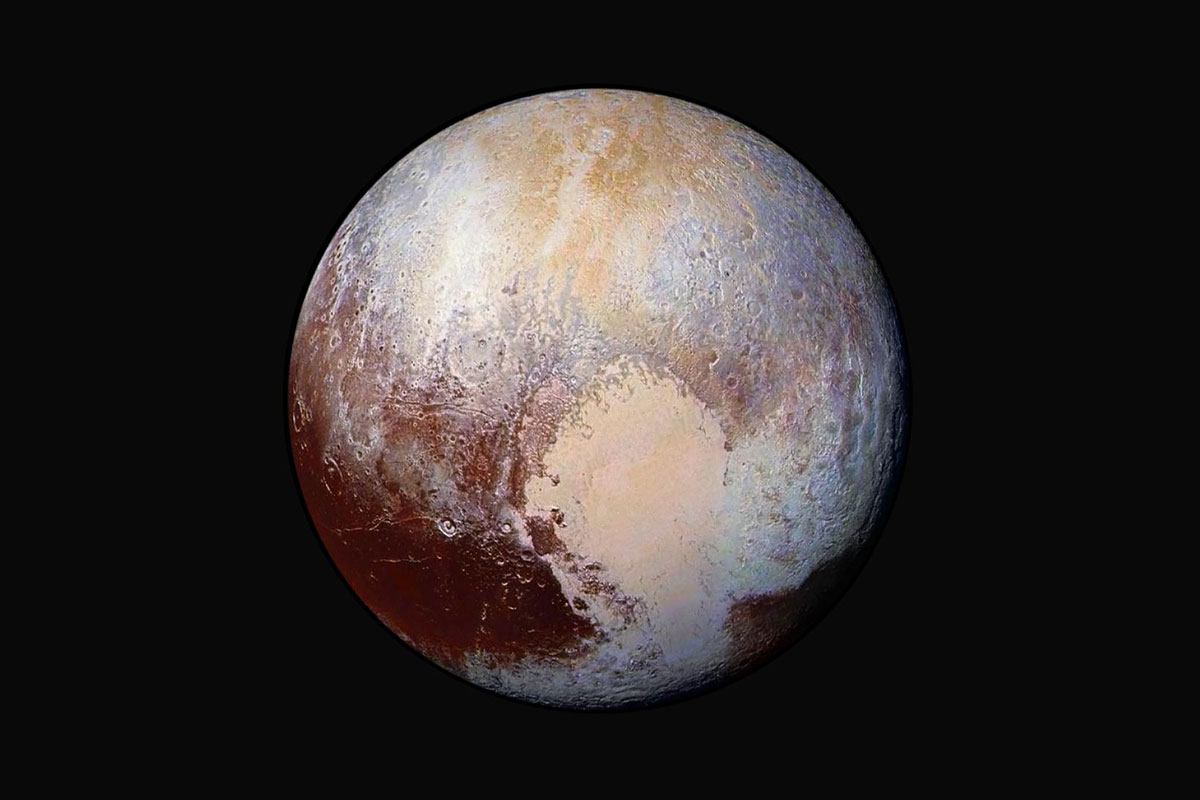The most recognizable feature on Pluto is its “heart,” a relatively bright valentine-shaped area known as Tombaugh Regio. How that heart got started is one of the dwarf planet’s deepest mysteries — but now researchers say they’ve come up with the most likely scenario, involving a primordial collision with a planetary body that was a little more than 400 miles wide.
The scientific term for what happened, according to a study published today in Nature Astronomy, is “splat.”
Astronomers from the University of Bern in Switzerland and the University of Arizona looked for computer simulations that produced dynamical results similar to what’s seen in data from NASA’s New Horizons probe. They found a set of simulations that made for a close match, but also ran counter to previous suggestions that Pluto harbors a deep subsurface ocean. They said their scenario doesn’t depend on the existence of a deep ocean — which could lead scientists to rewrite the history of Pluto’s geological evolution.
Continue reading “How Did Pluto Get Its Heart? Scientists Suggest an Answer”
